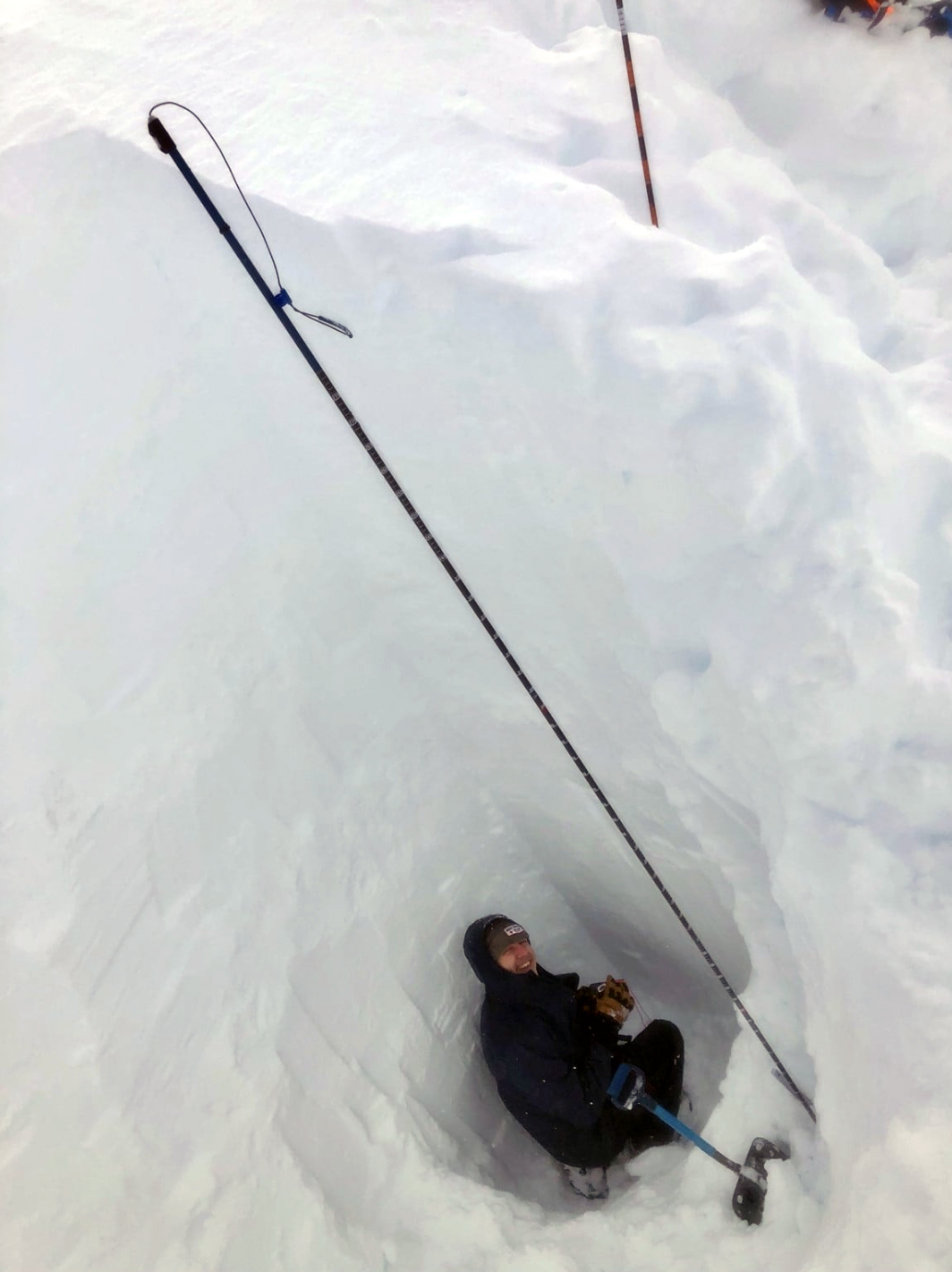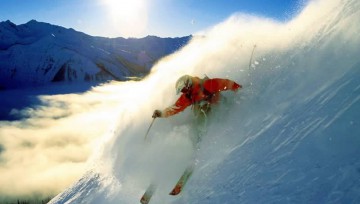BC’s Snowpack is Above Average

Snowpack levels across British Columbia are nearly all above average, according to the latest provincial data. The East Kootenay is the only region that is currently below average with 93 percent of its normal snowpack.
In its snow and water supply bulletin, the B.C. River Forecast Centre says snow accumulation began early this year, and that there’s a 95 percent chance that La Nina conditions will persist through the rest of winter and into spring.
The bulletin says the provincial average for all automated snow weather stations is currently 122 per cent, up from 115 percent on Jan. 1.
“Accumulation in December was steady as the province experienced several storm cycles throughout the month,” reads a snow conditions commentary from Jan. 18.
“The first half of January was very stormy with several frontal systems affecting the province, particularly the South Coast, Vancouver Island and the Southern Interior and resulted in rapid mountain snowpack development.”
Download the Jan. 1 snow survey and water supply bulletin here: 2021_jan1
Regarding La Nina, the province says the weather pattern typically results in cooler and wetter weather conditions for B.C.
“The overall impact of La Nina on snow can be variable,” said the snow conditions commentary for Jan. 18, “but on average, areas in the southern portion of the province tend to have higher than normal April 1st snow basin indices.”
The River Forecast Centre receives its data from automated snow weather stations across the province. Those stations transmit hourly data, though the province also performs manual snow surveys up to eight times a year.
Below is a list of B.C.’s automated snow weather stations. The data is listed as a regional average, as of Jan. 22:
– Upper Fraser East: 125 percent
– Upper Fraser West: 133 percent
– Nechako: 123 percent
– Middle Fraser: 110 percent
– Lower Fraser: 121 percent
– North Thompson: 115 percent
– South Thompson: 108 percent
– Upper Columbia: 122 percent
– West Kootenay: 114 percent
– East Kootenay: 93 percent
– Okanagan: 118 percent
– Boundary: 107 percent
– Similkameen: 113 per cent
– South Coast: 115 percent
– Central Coat: 132 percent
– Peace: 107 percent
– Skeena-Nass: 116 percent
– Liard: 101 percent
– Stikine: 138 percent
Last year, snowpack levels varied greatly at this time – some basins were above normal while others were well below average.
For example, the Boundary basin was at 121 per cent of normal at Jan. 1, with the South Thompson listed at 117 per cent.
But of the 23 listed basins, just eight were at 100 per cent or above with 14 below 100, including Upper Fraser West at 37 per cent and Lower Fraser at 51 per cent.
Combined, the provincial snowpack average for Jan. 1, 2020, was 84 per cent.
Source: Sootoday










Comments